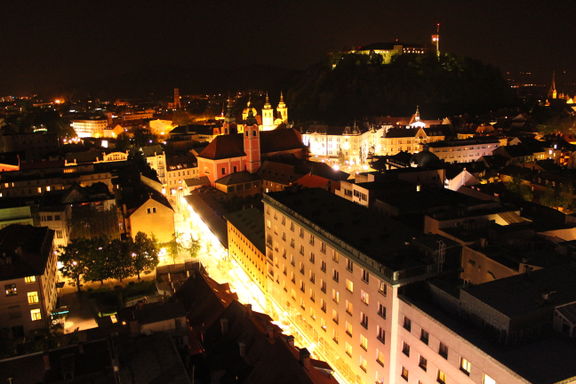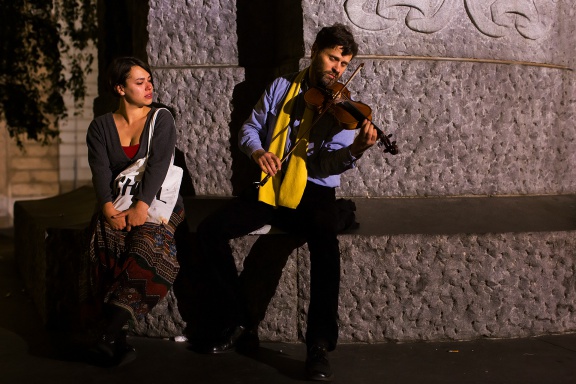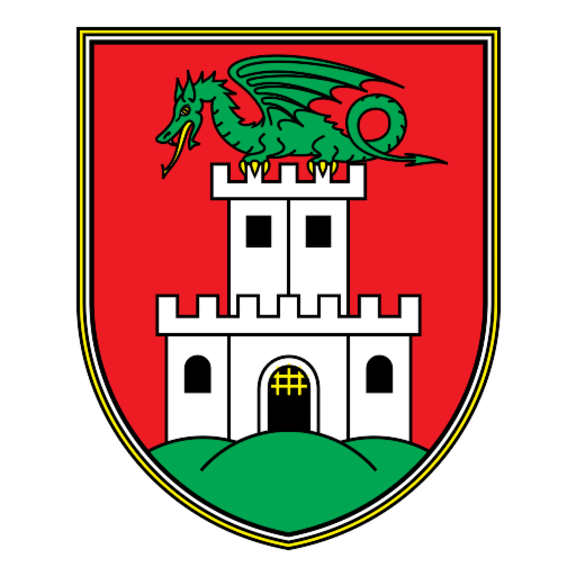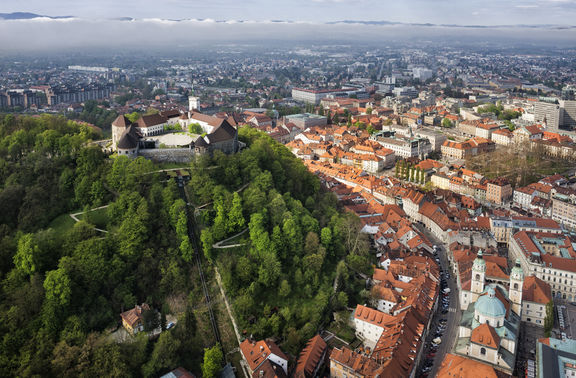Municipality of Ljubljana
-
23 May 2024
"SHE - ONA", a vocal-dance solo performance by Anamaria Klajnšček, produced by Flota Institute and Emanat Institute and coproduced by Dance Theatre Ljubljana. Supported by Ministry of Culture and Municipality of Ljubljana.
at the Monotánc Fesztivál
-
12 May 2024
A performance of "Superfluous - Odvečni", based on the famous essay by Ilija Trojanow and conceptualised by EnKnapGroup (EKG). Supported by Ministry of Culture and Department of Culture of Municipality of Ljubljana.
at the Rollercoaster
-
to
2 May 2024
3 May 2024
Two performances of "You Are What You Eat - Si to, kar ješ", a show about rebellions in the context of former Yugoslavia. Produced by Glej Theatre. Supported by European Union, Public Fund for Cultural Activities of the Republic of Slovenia, and Department of Culture of Municipality of Ljubljana.
at the RESISTANCE! Youth Festival of Modern European History
-
20 Apr 2024
"Superfluous - Odvečni", an original dance performance by EnKnapGroup (EKG) with an international cast. Supported by Ministry of Culture and Municipality of Ljubljana.
Funding of culture
The Board for Cultural Activities of the City Council is responsible for municipal funding of arts and culture and other activities in the field. Annually the Župančič Award is bestowed to the outstanding creators in the field of arts and culture.
The Department of Culture of Municipality of Ljubljana functions as a governance and professional body in charge of public cultural institutions (16 municipal cultural institutions) and non-profit cultural organisations in the municipality, seeking to provide a creative environment for cultural associations, groups and individuals in the field of art and culture and to stimulate amateur cultural activity. The Department is also responsible for cultural heritage, local monuments and infrastructure.
A tender for co-financing of cultural programmes and projects is issued annually (usually at the end of the year). Other bids for various initiatives are issued throughout the year.
Municipal cultural institutions
Municipal cultural institutions include the Municipal Library of Ljubljana consisting of 6 libraries and their branches round the city, the Museum and Galleries of Ljubljana, the International Centre of Graphic Arts, Ljubljana, the Festival Ljubljana Public Institute, the Ljubljana City Theatre (MGL),Mladinsko Theatre and Ljubljana Puppet Theatre, and some recently (re)established institutions: Kinodvor Cinema, Kino Šiška Centre for Urban Culture and Španski borci Culture Centre.
International projects and networking
The first project for which the Municipality of Ljubljana received funding by the European Commission was the SCENE project by partners from Bologna, Ljubljana, Stockholm and Vilnius, members of the Association of Significant Cemeteries in Europe (ASCE). The project funded the first phase of renovation of the Žale ossuary (a memorial of the international victims of the IWW, a modernist building by Edvard Ravnikar. A Guidebook to European Cemeteries was published and Ljubljana took part in the first festival dedicated to European cemeteries in 2004.
Since 1999 the Municipality of Ljubljana and Urban Planning Institute of the Republic of Slovenia have collaborated in a network of 23 European cities that joined in the Réseau Art Nouveau Network (RANN) in order to encourage research, popularization and protection of Art Nouveau (Secession) heritage. In 2006 two international seminars – National Identity and International Trends and Tourism and Art Nouveau – were organised in Ljubljana, while in 2008 the exhibition Art Nouveau & Society at the National Gallery of Slovenia presented the pan-European movement for the modernisation of art.
In 2010 Municipality of Ljubljana joined the European project Second Chance in which it takes the transformation of the former Rog factory as a case study, compared to Nuerenberg (former AEG factory), Leipzig (HALLE 14 of the former Cotton Spinning Mill), Venice (the Arsenale), and Krakow (the tram depot in the St. Lawrence district).
From April 2010 till April 2011 Ljubljana acted as the UNESCO World's Book Capital which concluded with the adoption of the Ljubljana Resolution on Books, a document that "stresses the importance of books as key vehicles of human development, cultural pluralism and sustainable diversity". Ljubljana strives to pursue the active involvement with literature also with the candidature to obtain the permanent UNESCO title of the City of Literature.
In April 2011 Ljubljana became a member of the ICORN network of the 37 cities of refuge to persecuted writers. The ICORN network selected in cooperation with the Slovene PEN Centre for the placement in Ljubljana Zineb El Rhazoui, a sociologist, journalist, writer and a human rights advocate from Morocco.
See also
- World Book Capital Ljubljana 2010
- Municipal cultural institutions
- Cultural centres / venues
- Kresija Gallery
- Magistrat Gallery
- Župančič Award of the City of Ljubljana
- The list of cultural organisations located in Ljubljana
- List of urban municipalities
External links
- Municipality of Ljubljana website
- Ljubljana on Wikipedia
- Visit Ljubljana - website by Ljubljana Tourist Board
- Ljubljana photos on Kraji.eu
International projects
- Ljubljana on the Artnouveau-net website
- Žale Cemetery on ASCE website
- SCENE project
- Second Chance project website
- New ICORN member city: Ljubljana!
- Ljubljana receives first Guest Writer!
Guides & curiosities
- Ljubljana on The New York Times website
- Sounding Out in Ljubljana by Igor Bašin on Songlines Magazines
- Where not to park in Ljubljana (December 2010)
- Time lapse - A day in Ljubljana, a short promo with half a million pictures
Historical visits



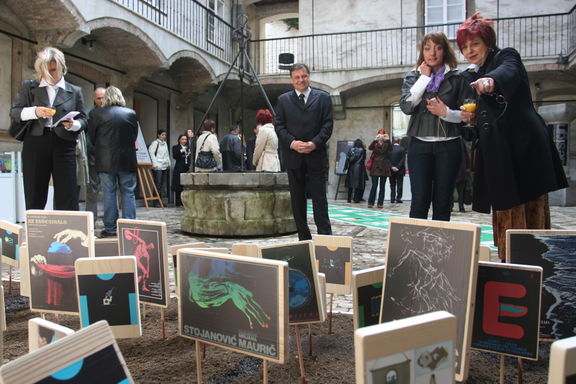
![Ljubljana Castle and Slovene Philharmonic, shot from the recently renewed Congress Square [Kongresni trg], 2012](/images/thumb/2/25/Ljubljana_Castle_2012_distant_view.jpg/576px-Ljubljana_Castle_2012_distant_view.jpg)
